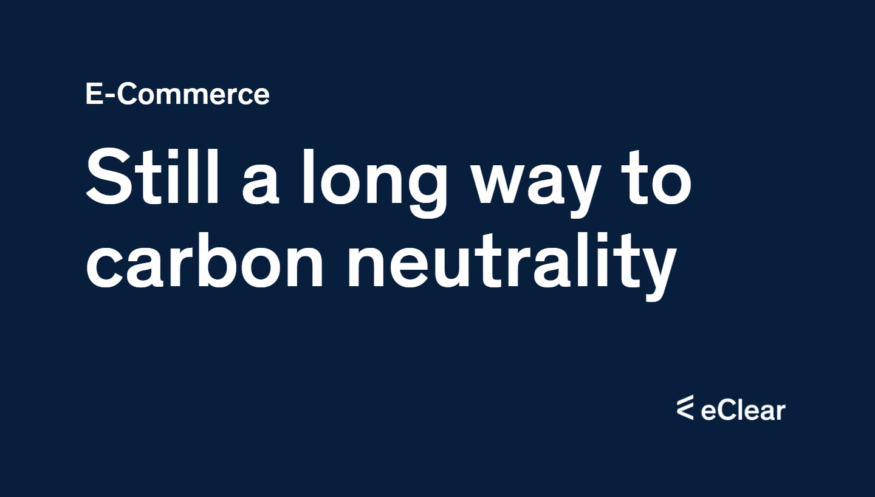Sustainability in e-commerce: More than three-quarters of consumers already pay attention to factors such as sustainable packaging or the smallest possible CO₂ footprint. Those who shop on the internet cause, on average, 36 per cent less CO₂ emissions than when shopping in a shop. Therefore, customers should choose between sustainable and conventional shipping methods wherever possible. For example, it is conceivable to bundle several items with different delivery times in one shipment.
Sustainable e-commerce: Deliver fast or emit less CO₂?
This is already possible at the e-commerce giants Otto and Zalando. Customers can choose between faster delivery in individual packages or climate-friendly total delivery for items from one warehouse location. In particular, the Click & Collect service has become established in many sectors during the pandemic.
Many consumers are willing to offset their CO₂ footprint by donating to a climate protection project. Transparency is crucial here; consumers must be aware of sustainable alternatives and informed about the intention.
Climate-friendly shipping and packaging
For 56 per cent of Germans, packaging is an essential aspect of sustainable consumption. After all, there are many ways to save money and sustainable alternatives. Every German produced just under 230 kilograms of packaging waste, mainly paper and cardboard, in 2019.
This figure is expected to rise significantly with increasing mail order business. In 2021, the turnover of goods in e-commerce will be 99.1 billion euros – this corresponds to a growth of 19 per cent compared to the previous year.
Choosing the right packaging size is the first step towards less packaging waste. For example, the mail-order pharmacy APONEO has been working since 2020 to adapt the size of the packaging to the size of the goods. This minimises repackaging and transport volume. Suppose filling material cannot be dispensed with altogether. In that case, sustainable materials such as packaging flakes made from maize, organic bubble wrap or paper chips are a good choice.
Reusable packaging is promising, but has yet to catch on. Many customers do not accept cartons that no longer look immaculate because they fear damaged or B-goods. Prejudices can be reduced by informing companies about the reuse of packaging material. The following strategies can be used for intelligent and climate-friendly packaging solutions:
- Match packaging size to product
- Increasing the use of envelopes
- Use environmentally friendly packaging and filling materials
- Create innovative sealing solutions
- Reuse undamaged shipping cartons
- Use reusable systems
- Send invoices, and returns slips digitally
Fewer returns
Returns are a problem that affects all industries. According to studies, the average return rate is 20 per cent, which is significantly higher in the textile sector. Around 800,000 parcels are returned daily, causing significant CO₂ emissions of 400 tonnes. But incorrect purchases can be avoided: Agencies that have optimised the product presentations of numerous clients recently have found that detailed descriptions, high-quality photos, videos and 360-degree views play an essential role in avoiding bad purchases. Integrating customer reviews and testimonials also provides valuable information and can reduce the rate of returns.
Source: e-commerce-magazin.de







